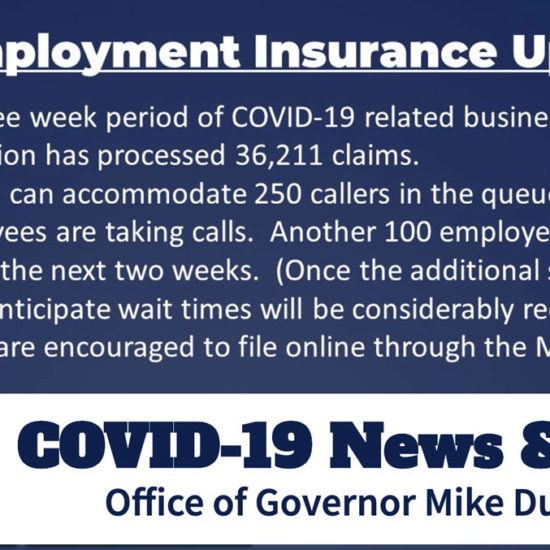This past November, residents of SeaTac, Washington narrowly passed an astonishing minimum wage increase from $9 per hour to $15 per hour for jobs at and nearby SeaTac International Airport. The 67% hike in the local minimum wage for airport-related workers passed by 77 votes – a mere 1.3% of votes cast. The debate about the measure made national news and bolstered campaigns, usually supported by various labor unions, in other cities and states to do likewise.
Opposition to the SeaTac minimum wage measure included many of the affected businesses at and near the SeaTac Airport. They strongly contended there would be very negative impacts to jobs and businesses. Proponents disagreed, citing selected studies by academics and advocacy groups that showed raising minimum wages has little to no negative effects.
But what has actually happened? First, seeing drastic impacts to company operations, the Port of Seattle, with the support of various airport businesses, successfully argued in court that SeaTac International Airport was not under City jurisdiction and thus the City minimum wage hike did not apply there. That immediately reduceq`d the number of jobs subject to the higher minimum wage by 75%.
And what of businesses near but not at the airport? The Seattle Times reported this past February[1] that businesses have already made changes to avoid or pass on the costs to customers. This includes new “living wage” surcharges for customers and the shifting of job responsibilities to salaried managers. One restaurant has already closed, while another has accelerated plans to expand with hopes that sales in a larger dining room would exceed higher expected labor costs.
Alaska Ballot Measure 3 would raise the statewide minimum wage from $7.75 per hour now to $8.75 in 2015, $9.75 in 2016, and higher every year thereafter indexed to inflation. The usual arguments against – jobs and businesses will be lost – and the usual arguments for – higher wages help and studies show no bad impacts – are already getting publicity.
Alaska voters might keep the following in mind, however:
- National studies of minimum wage hikes are not likely helpful in predicting impacts in Alaska. Alaska’s cities are much more isolated. Workers are not nearly as numerous and mobile as between suburbs in the Seattle area. Alaska businesses cannot count on a wider, higher-skilled pool of workers seeking the higher wage. And they already face very different costs of business in Alaska.
- Many, but not all, businesses do react: shifting responsibilities to salaried employees, customer surcharges, and even closure have already happened in SeaTac. Customer service technology already exists that allows self-service ordering much like already happens on-line. And since workers under 18 who work 30 or fewer hours are exempt, what is to stop a business from focusing hiring efforts among younger part-time workers instead of those with higher minimum wages? Many of the industries cited as paying minimum wage are for seasonal, summer jobs.
- Alaska businesses may actually be hit with an $11.10 per hour minimum wage in 2015 instead of the promised $8.75 per hour. Why? Measure 3 requires that the Alaska minimum wage always be $1.00 more than the federal minimum wage. President Obama currently supports a new federal minimum wage bill in Congress that would raise the rate to $10.10 per hour.











